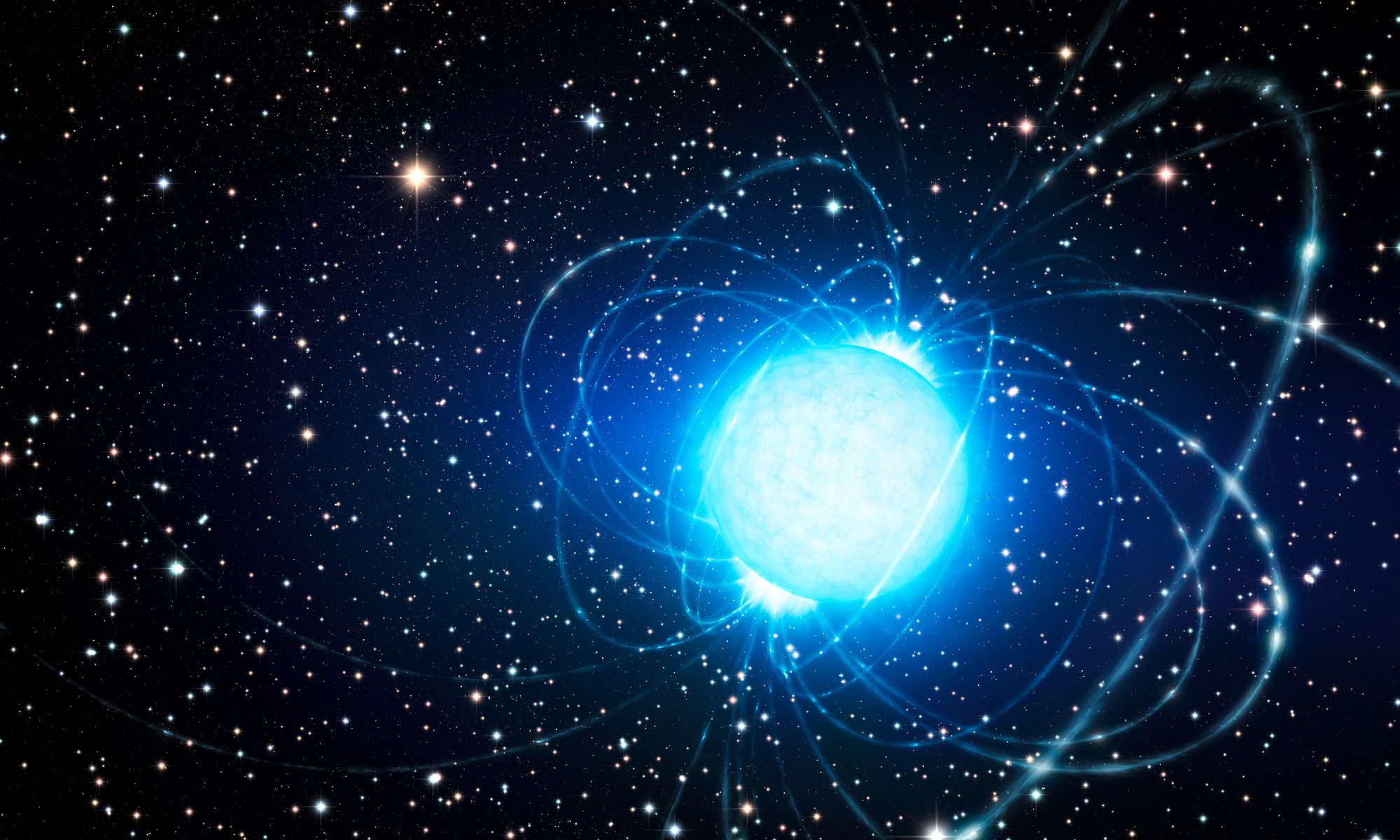One of the big mysteries about dark matter particles is whether they interact with each other. We still don’t know the exact nature of what dark matter is. Some models argue that dark matter only interacts gravitationally, but many more posit that dark matter particles can collide with each other, clump together, and even decay into particles we can see. If that’s the case, then objects with particularly strong gravitational fields such as black holes, neutron stars, and white dwarfs might capture and concentrate dark matter. This could in turn affect how these objects appear. As a case in point, a recent study looks at the interplay between dark matter and neutron stars.
Neutron stars are made of the most dense matter in the cosmos. Their powerful gravitational fields could trap dark matter and unlike black holes, any radiation from dark matter won’t be trapped behind an event horizon. So neutron stars are a perfect candidate for studying dark matter models. For this study, the team looked at how much dark matter a neutron star could capture, and how the decay of interacting dark matter particles would affect its temperature.
The details depend on which specific dark matter model you use. Rather than addressing variant models, the team looked at broad properties. Specifically, they focused on how dark matter and baryons (protons and neutrons) might interact, and whether that would cause dark matter to be trapped. Sure enough, for the range of possible baryon-dark matter interactions, neutron stars can capture dark matter.
The team then went on to look at how dark matter thermalization could occur. In other words, as dark matter is captured it should release heat energy into the neutron star through collisions and dark matter annihilation. Over time the dark matter and neutron star should reach a thermal equilibrium. The rate at which this occurs depends on how strongly particles interact, the so-called scattering cross-section. The team found that thermal equilibrium is reached fairly quickly. For simple scalar models of dark matter, equilibrium can be reached within 10,000 years. For vector models of dark matter, equilibrium can happen in just a year. Regardless of the model, neutron stars can reach thermal equilibrium in a cosmic blink of an eye.
If this model is correct, then dark matter could play a measurable role in the evolution of neutron stars. We could, for example, identify the presence of dark matter by observing neutron stars that are warmer than expected. Or perhaps even distinguish different dark matter models by the overall spectrum of neutron stars.
Reference: Bell, Nicole F., et al. “Thermalization and annihilation of dark matter in neutron stars.” Journal of Cosmology and Astroparticle Physics 2024.04 (2024): 006.

